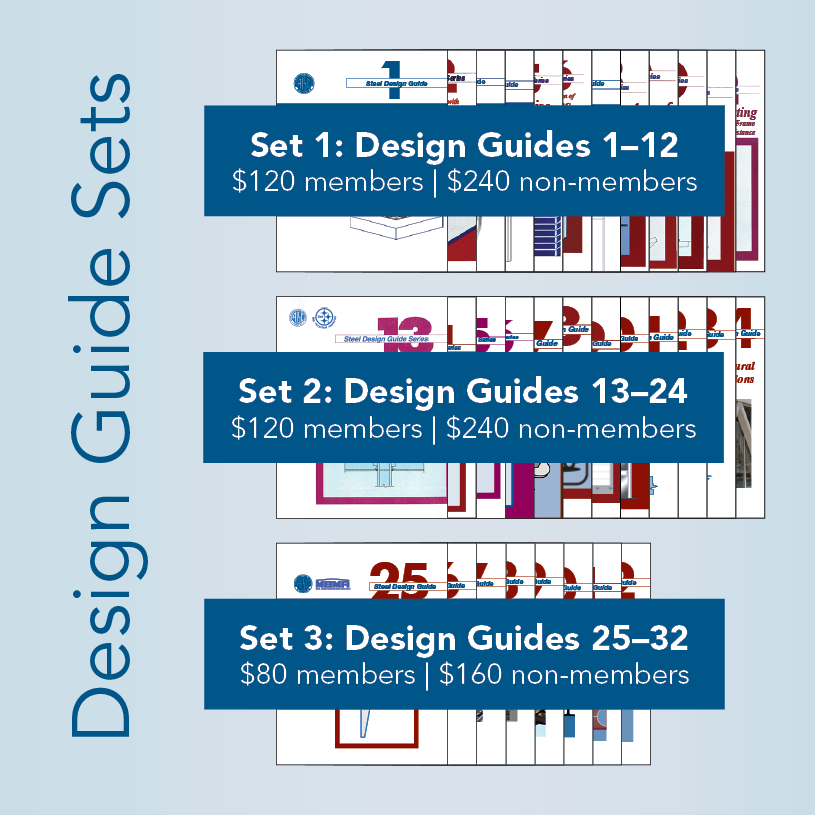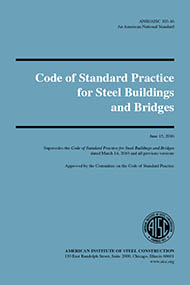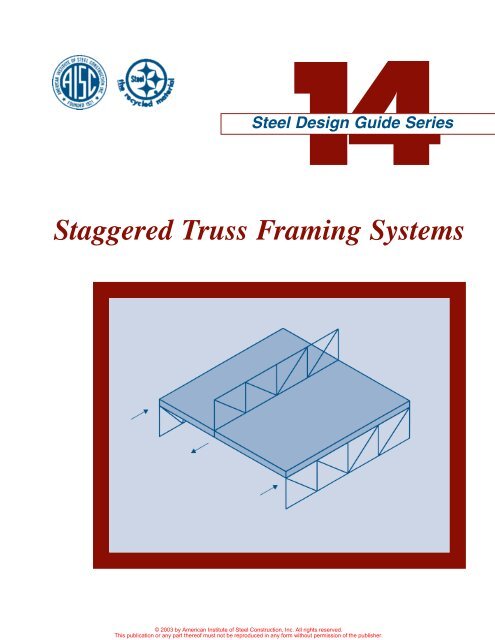

However, the critical buckling stress F cr from the Lateral-Torsional Buckling Strength calculation is limited to a maximum value of F y.
#Aisc 14th edition design examples. code#
Flexural Yielding Strengthįlexural yielding of the beam is not considered as it's own code check. Specifically the topic on Connecting Elements Subject to Flexure (item #2), which can be found on page 9-8. This code check procedure is based on guidelines given in the AISC 14th Edition Manual. The equations used to calculate the critical buckling stress will be based on the lateral-torsional buckling limit state rather than web local buckling. However, the program calculations will take into account the more unusual case when both flanges are coped. Most of the time the beam will be coped only at the top flange. Therefore, the web buckling strength calculations effectively checks the flexural yielding limit state as well. However, the critical buckling stress F cr from the Local Buckling Strength calculation is limited to a maximum value of F y. Specifically the topic on Connecting Elements Subject to Flexure (item #1), which can be found on page 9-7. These code check procedure is based on guidelines given in the AISC 14th Edition Manual. k - Plate Buckling Coefficient per AISC 360-10 (14th Edition) page 9-8.f - Plate Buckling Model Adjustment Factor per AISC 360-10 (14th Edition) page 9-7.This buckling is judged to be a more ductile limit state than rupture and has, therefore, been given a phi factor of 0.90 and an Omega factor of 1.67.

This failure state is determined by multiplying the critical buckling stress by the net section modulus. The webs of coped beams have reduced strength to resist location buckling because they are not stiffened by the coped flange.
#Aisc 14th edition design examples. manual#
It is also explicitly outlines in the AISC 13th Edition Manual on page 9-6. Specifically the topic on Connecting Elements Subject to Flexure, which can be found on page 9-6.

These checks are specifically for coped beams.


 0 kommentar(er)
0 kommentar(er)
